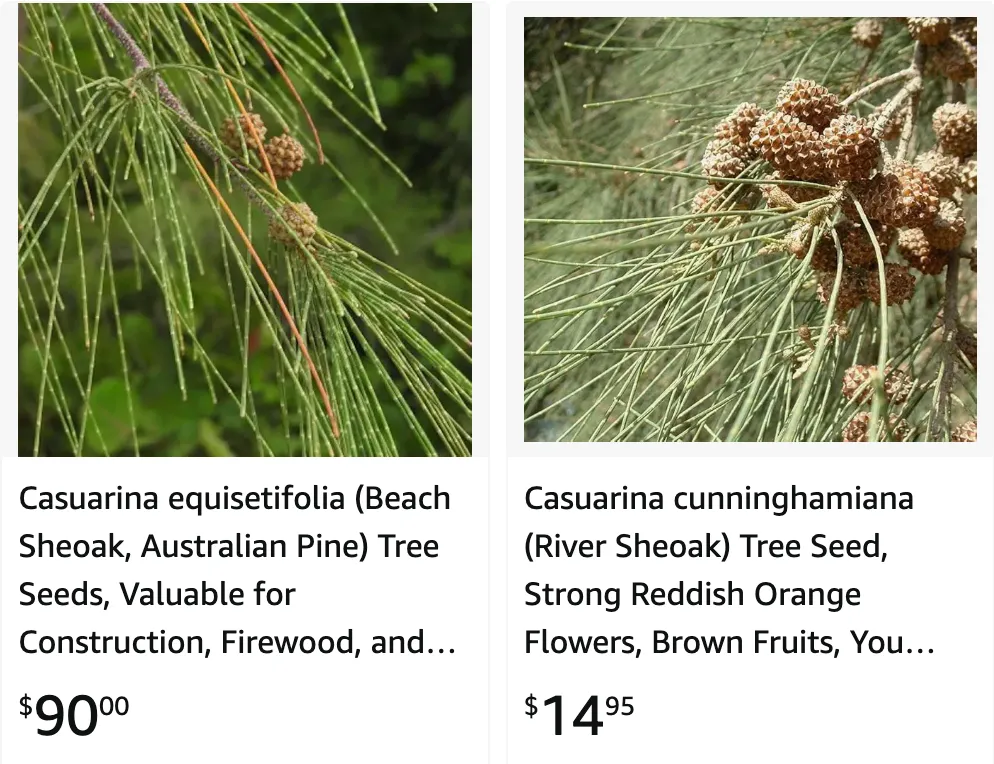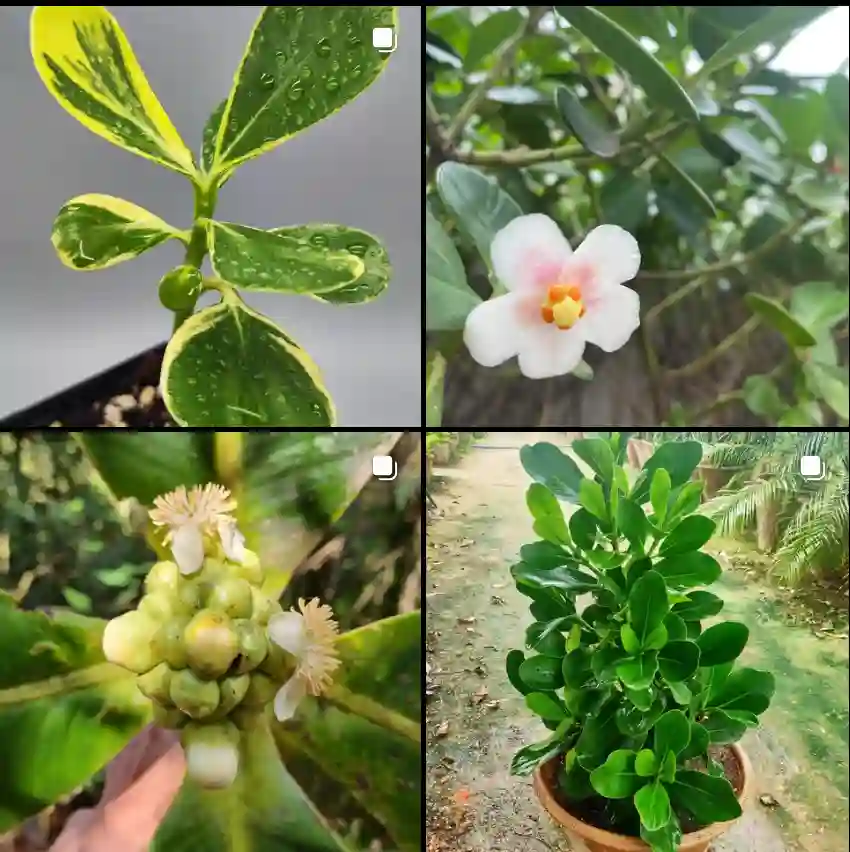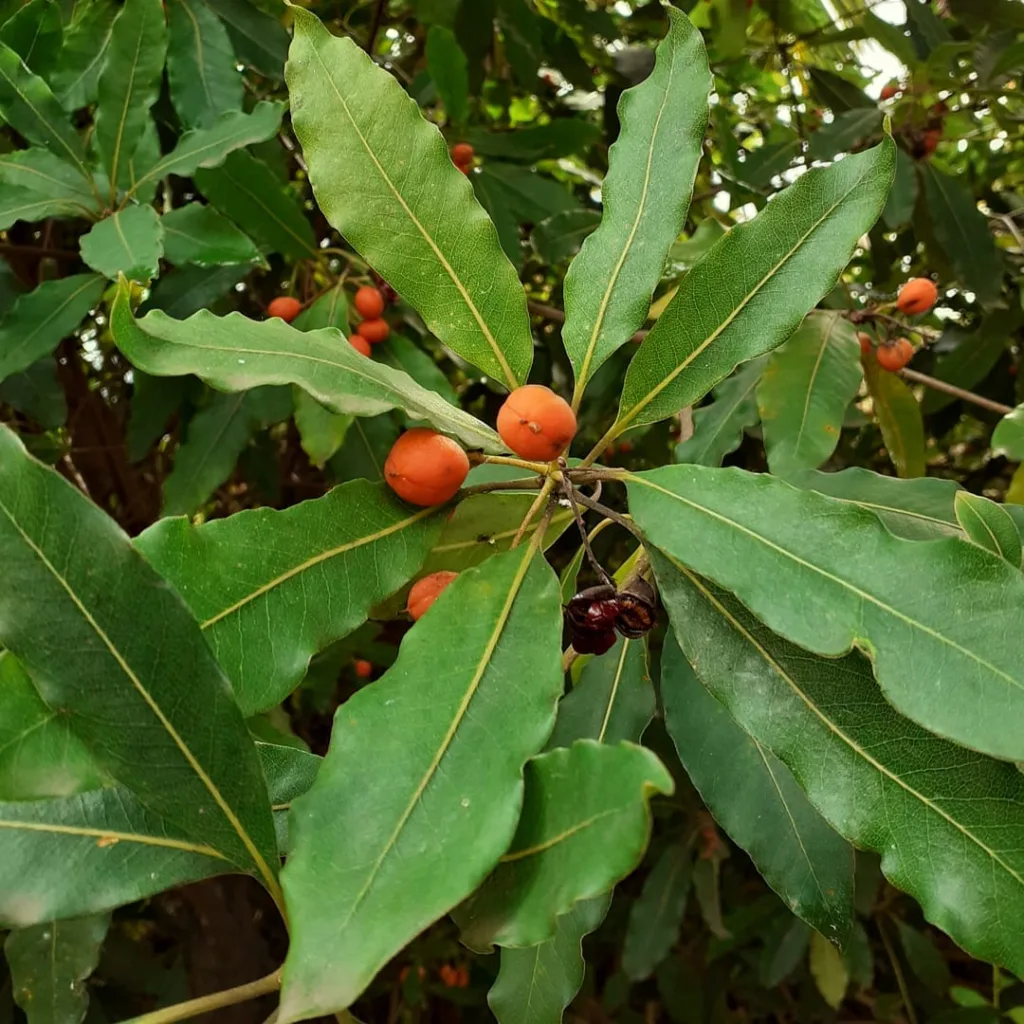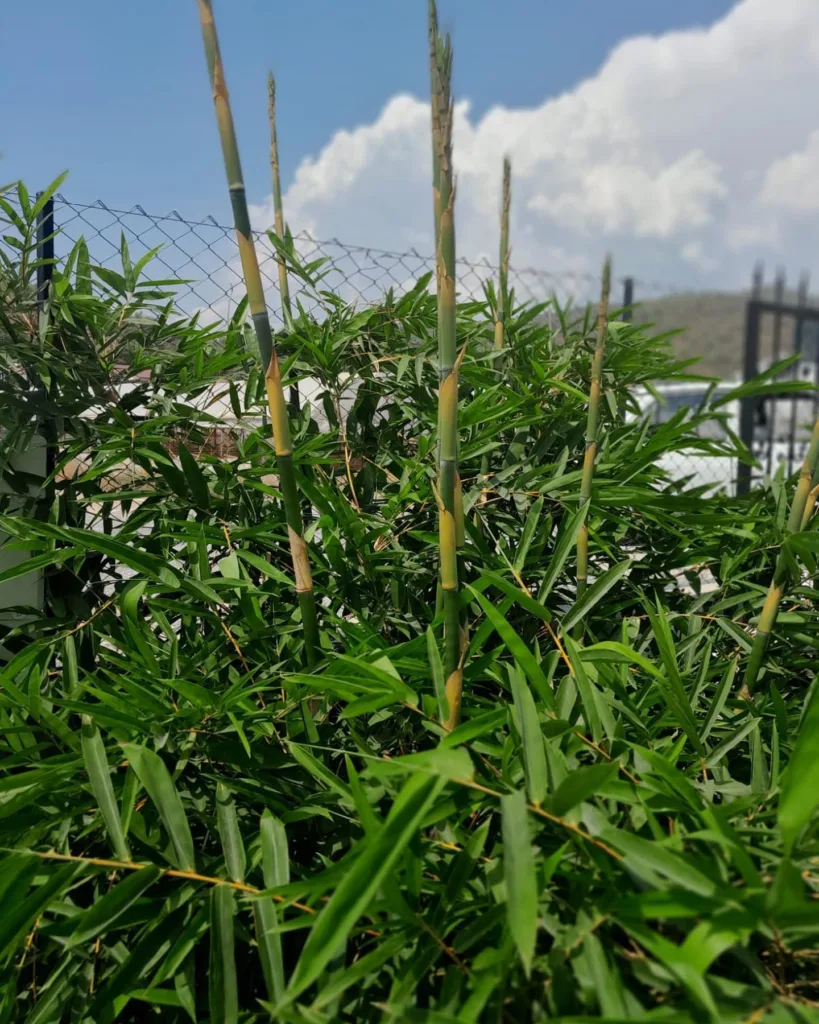
July 28 – Casuarina
"Casuarina, the whispering tree, represents July 28."
Casuarina symbolizes peace and resilience. You provide comfort and stability, standing firm even in strong winds. Like this tree, your presence is calming and steadfast.
Casuarina: A Resilient Beauty
The first time I encountered a Casuarina tree, I was struck by its unique appearance. It had a certain elegance, with its delicate, needle-like foliage and drooping branches that swayed gracefully in the wind. But it was more than just its beauty that captivated me. It was the tree’s resilience, its ability to thrive in harsh coastal environments, that truly fascinated me. This encounter sparked a deep interest in the Casuarina genus, and I’ve been learning about these fascinating plants ever since.
Understanding the Casuarina Genus
Casuarina are a genus of evergreen trees and shrubs belonging to the family Casuarinaceae. They are often mistaken for conifers due to their needle-like foliage, but they are actually flowering plants. These unique trees are characterized by their distinctive jointed branchlets, which resemble the feathers of the cassowary bird – hence the name “Casuarina.” The leaves are reduced to tiny scales that encircle the joints, giving the branches a characteristic segmented appearance.
One of the most remarkable aspects of Casuarina is their ability to fix nitrogen. They have a symbiotic relationship with nitrogen-fixing bacteria that live in nodules on their roots. This allows them to thrive in nutrient-poor soils, such as those found in coastal areas and arid regions. This adaptability is a key reason why Casuarina are so widespread, growing naturally in Australia, Southeast Asia, and parts of Africa.
Diverse Species within the Genus
The Casuarina genus encompasses a diverse range of species, each with its own unique characteristics and distribution:
- Casuarina equisetifolia: Also known as the Australian pine or beach sheoak, this species is widely distributed across the tropics and subtropics. It is a common sight along coastlines, where it plays a crucial role in stabilizing sand dunes and preventing erosion. Plant FAQs: Casuarina Equisetifolia – Australian Pine
- Casuarina cunninghamiana: Commonly known as the river sheoak, this species is native to Australia and is often found along riverbanks and waterways. It is a tall, majestic tree that can reach heights of up to 35 meters.
- Casuarina glauca: This species, known as the swamp sheoak, is adapted to wet environments and is often found in swamps and wetlands. It has a distinctive grayish-green foliage and is known for its ability to tolerate saline conditions.
- Casuarina cristata: Commonly called the belah casuarina, this species is native to Australia and is characterized by its rough, corky bark and its ability to withstand drought conditions.
- Casuarina collina J.Poiss. ex Pancher & Sebert
- Casuarina grandis L.A.S.Johnson
- Casuarina junghuhniana Miq.
- Casuarina obesa Miq.
- Casuarina oligodon L.A.S.Johnson
- Casuarina orophila L.A.S.Johnson
- Casuarina pauper F.Muell. ex L.A.S.Johnson
- Casuarina potamophila Schltr.
- Casuarina tenella Schltr.
- Casuarina teres Schltr.
The Importance of Casuarina
Casuarina trees play a vital role in both natural ecosystems and human societies. Their ability to thrive in harsh environments makes them valuable for land reclamation and erosion control. They are often planted in coastal areas to stabilize sand dunes and protect against storm surges. In arid regions, they help to prevent desertification and provide shade for livestock.
Beyond their ecological importance, Casuarina trees also have economic value. Their wood is hard and durable, making it suitable for a variety of uses, including construction, fencing, and fuelwood. The bark is rich in tannins and is used in traditional medicine and for tanning leather. In some cultures, the seeds are used as a food source.
Conservation Concerns
Despite their resilience, some Casuarina species are facing threats due to habitat loss, overexploitation, and the introduction of invasive species. It is important to recognize the ecological and economic value of these trees and to implement sustainable management practices to ensure their continued survival. Conservation efforts should focus on protecting existing populations, restoring degraded habitats, and promoting sustainable use of Casuarina resources.
A Continuing Fascination
My fascination with Casuarina continues to grow as I learn more about their unique biology, their ecological importance, and their cultural significance. These remarkable trees are a testament to the resilience of nature and the intricate connections between plants and their environment. I believe that by understanding and appreciating the value of Casuarina, we can contribute to their conservation and ensure that they continue to thrive for generations to come.
If i die, water my plants!



